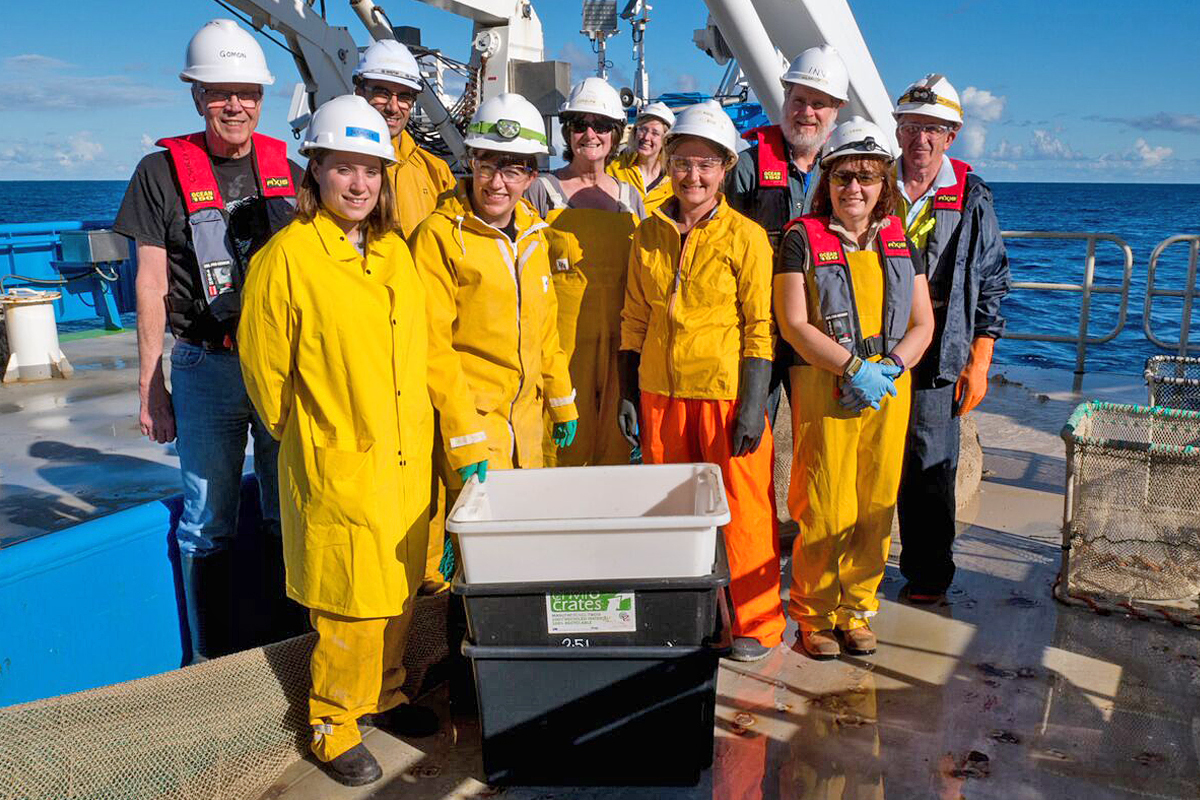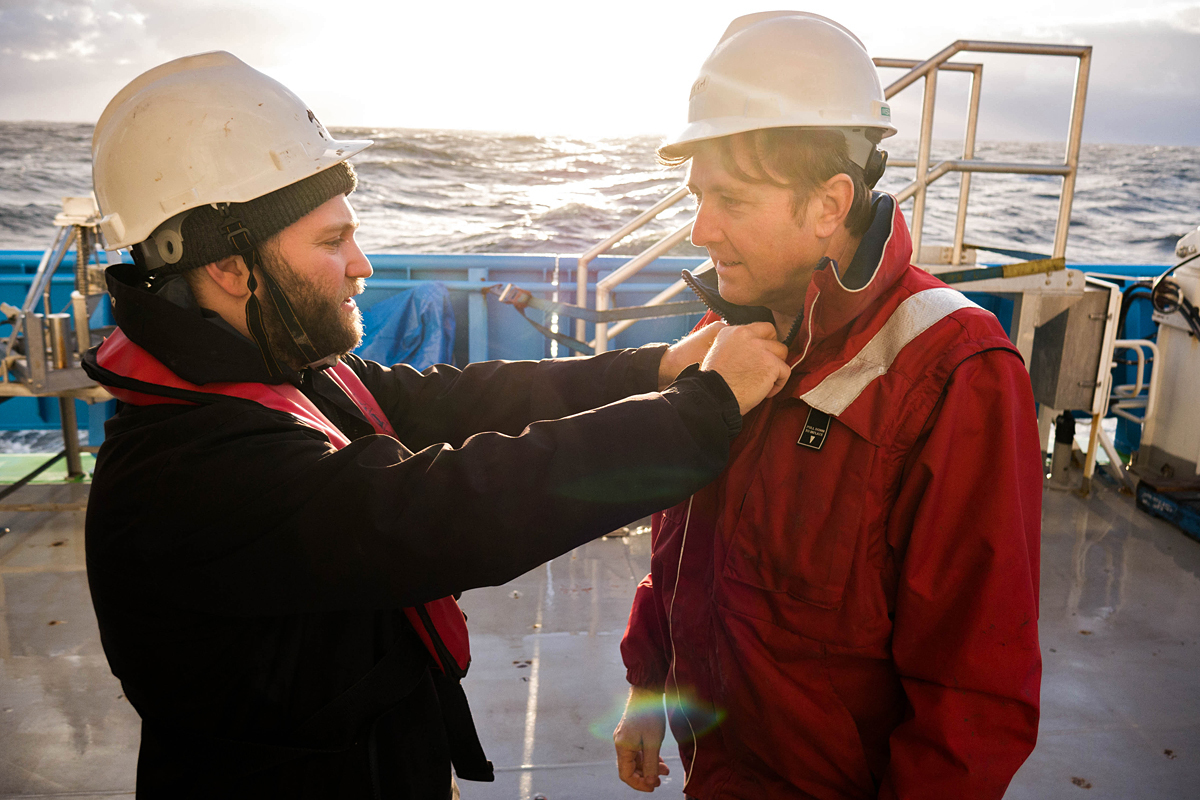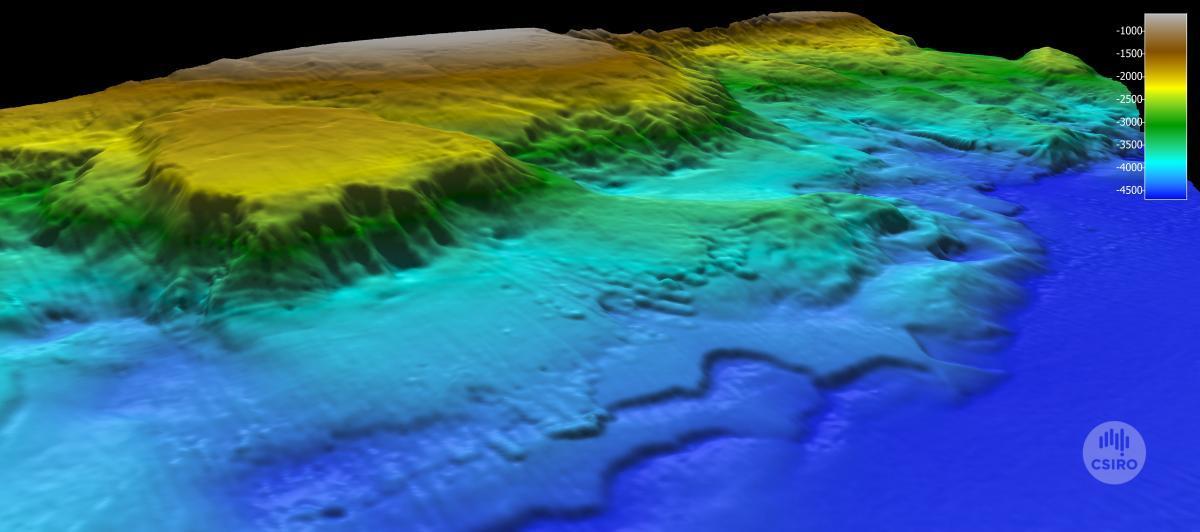June 21, 2017

The CSIRO Marine National Facility research vessel Investigator returned from its voyage of discovery last Friday (16 June) with a precious cargo of weird and wonderful animals from the deep sea. Some of the fishes collected, and more than one third of the invertebrates, are thought likely to be new to science.
The month-long voyage, led by Museums Victoria and supported by the Marine Biodiversity Hub, visited abyssal waters in seven Commonwealth marine reserves (CMR), from Freycinet CMR off Tasmania to the Coral CMR off Queensland. It involved a team of 58 scientists, technicians and crew, from 14 Australian and international institutions.

Voyage leader, Tim O'Hara of Museums Victoria, set out with a promise to share this largely unexplored world with the Australian public. Stories, videos and images from the voyage continue to be shared worldwide, thanks to this commitment by Tim and his team of onboard scientists and communicators.
They revealed a largely unexplored world inhabited by fascinating animals including blind fish, coffinfish, sea spiders, blobfish, shortarse feelerfish, flesh-eating crustaceans, zombie worms, cookie cutter sharks, sea pigs, crabs with giant spikes, an amazing array of bioluminescence, carnivorous sponges, tripodfish, paddle worms and giant foraminifera. Many of these feature in the video below compiled by The Washington Post.
'Australia’s deep-sea environment is larger in size than the mainland, and until now, almost nothing was known about life on the abyssal plain,' Dr O'Hara says. 'We’re really excited about the discoveries that we’ve made and are thrilled that we can now share them with the Australian and international public.'
The voyage also sought to investigate pollution found on the seafloor, and other human impacts such as microplastics in surface waters.
'We found highly concerning levels of rubbish on the seafloor,' Dr O'Hara says. 'One hundred kilometres off Australia’s coast, we found PVC pipes, cans of paints, bottles, beer cans, woodchips, and other debris from the days when steamships plied our waters. The seafloor has 200 years of rubbish on it. Hopefully information such as this is the first step in influencing social attitudes towards rubbish disposal.'

One of the key outcomes of the voyage will be maps of seafloor life, which be used by governments to ensure that they are protecting the marine environment in the long term. Maps created using sonar, coupled with underwater camera vision, have revealed a diverse seascape of rocky plains, huge canyons and undersea mountains. Large areas of the Commonwealth marine reserves have been mapped for the first time.

'We are the custodians for this piece of the Earth and it is really important that we have baseline data so that we can protect it from the impacts of climate change, rubbish and other human activity,' Dr O’Hara says.
Data and specimens from the voyage will be stored and analysed in Australian and international laboratories including Museums Victoria and the CSIRO Australian National Fish Collection at Hobart. These collections provide an important biodiversity library of specimens accessible by researchers across the globe. A selection of specimens will be displayed at Melbourne Museum in coming months.
- Log in to post comments
